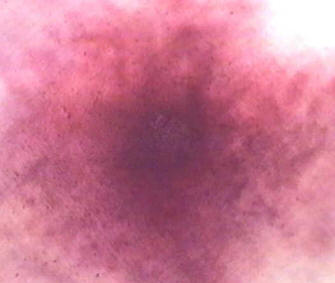Re: fibers/ washing the mouth
um...
In season 2 , the stalker episode
in that episode Greg found out that the woman had been strangled by putting the plastic bag in this kind of chemical (was it chemical?). Remember? The scene where the plstic bag showed the shades of a human face. Well I was wondering what chemical that was. How does it work?
um...
In season 2 , the stalker episode
in that episode Greg found out that the woman had been strangled by putting the plastic bag in this kind of chemical (was it chemical?). Remember? The scene where the plstic bag showed the shades of a human face. Well I was wondering what chemical that was. How does it work?

